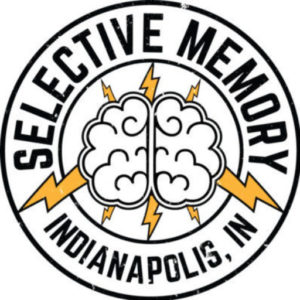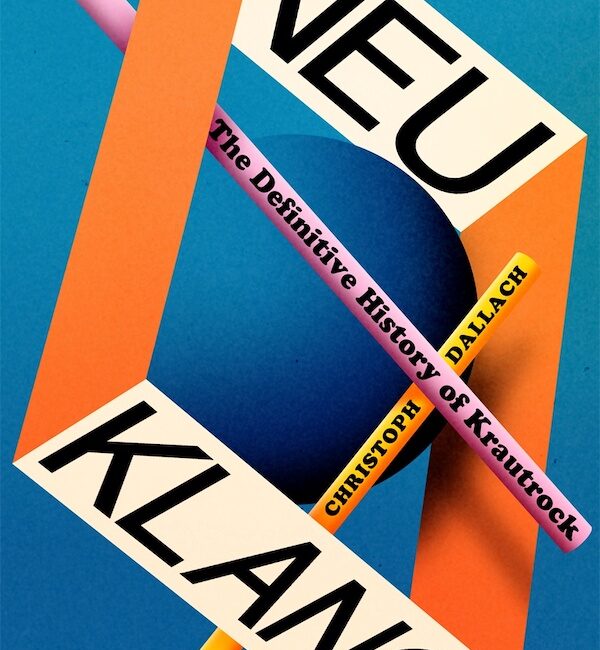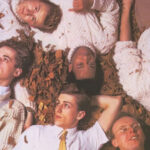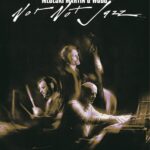Neu Klang: The Definitive History of Krautrock
Christoph Dallach
Faber & Faber
One of the most important movements in the history of music gets renewed attention through this dive into the deep caverns of sixties and seventies counterculture that influenced modern rock as we know it. Neu Klang breathes life into the krautrock genre through oral history taken from a laundry list of the genre’s pioneers, all compiled together for the first time to create a cohesive historical timeline of history, art, and culture. Through intense research, Christoph Dallach builds an emotion to krautrock that has not been at this level until now.
Dallach takes a different approach to what David Stubbs did in Future Days, also on Faber Books, our main resource to krautrock history until now. Dallach creates a primary source reader that illuminates the struggle, philosophy and challenges that led up to a movement unparalleled.
First, Dallach asks the question, “What is krautrock?” He then allows a choir of musicians to spend time embracing the terminology or rejecting it: everyone from Irmin Schmidt, Jaki Liebezeit and Holger Czukay of CAN; Neu!’s Michael Rother; Jean Herve Peron and Hans-Joachim Irmler from Faust; Dieter Moebius of Cluster; Klaus Schulze of Tangerine Dream; Karl Bartos of Kraftwerk, Brian Eno and many others. Dallach exposes the true love-hate relationship with the verbiage that shows how open-ended and elusive krautrock was. Today, there is still an argument to clearly define what it is.
What appears uniform in Dallach’s research is how the movement was built from the ground up and fueled by social and political struggles. Here he shows a clear youth repulsion of post-war Nazism that still plagued the country, coupled with staunch traditionalism. It was the first form of rebellion that transitioned into the Beat movement and then the Hippie movement. Nestled in it was German free jazz that was originally banned by the Nazis. This was a huge catalyst into the development of krautrock and Dallach spends some time bringing it into the fold. Understanding just how much the music bloomed from the passions of protest and classical German music was fuel for a new kind of kick. These were the Beats before the Beat culture became a thing in the United States.
Then came rock, and everything changed. New perspectives were molded into the fabric of German adolescents. What’s fascinating is that Dallach devotes a chapter to something as simple as hair, but the symbolism is very powerful in its shaping of what became. Here these artists were breaking free of the mold. Guitarist Peter Bursch commented, “. . . for all of us, it was a conscious attitude” we wanted to look different, as different as we felt and behaved.”
1970 Germany felt very much like the world in 1900. This was a time of incredible change and innovation. Jean-Michel Jarre exclaims that “new music always illustrates the society that it’s made in, and bands like Amon Düül, Kraftwerk and Tangerine Dream all come into the collective consciousness at the same time. But before Dallach dives into the krautrock universe by elucidating on each band, he takes a moment to round out the elements of counterculture by talking about the importance of drugs and LSD. And as all of these critical elements combine into a single point of light, it all leads to a spiritual mecca of artistic fortitude in Berlin. The city was a creative hotbed for bands all over the world. Klaus Schulze from Tangerine Dream described Berlin as an “artists’ ghetto, a pool for creativity.”
And here is where the book breaks down each character through decisive interviews from the bands themselves. Pair that up with the music itself and you see just how monumental the movement was and how learning about the past is an understanding of the future all in its mythos and technological push into techno and post-rock.
Neu Klang is an inspirational journey through conversations with the people closest to it. Dallach simply breathes life into it all.




No Comment! Be the first one.